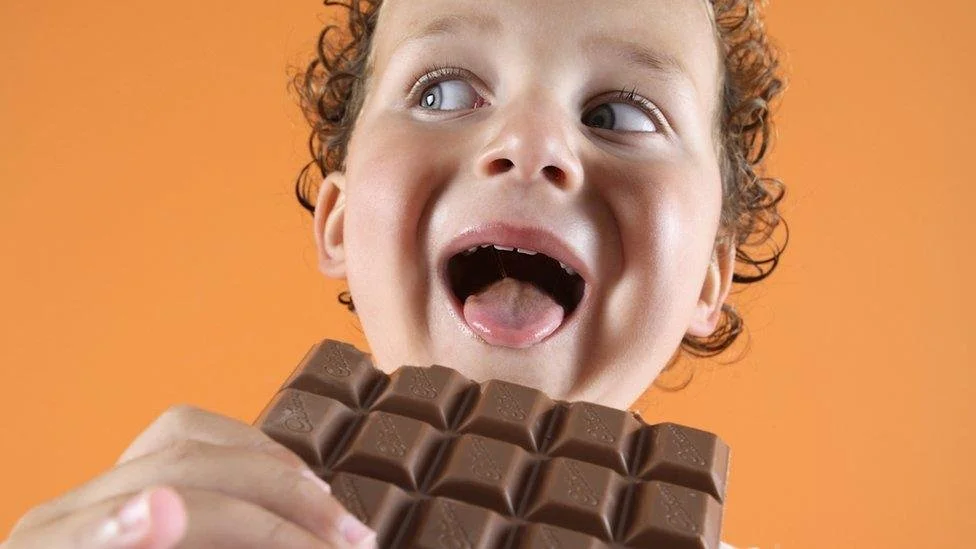The Magic of Chocolate
Most food is just food. But chocolate is something else altogether.
It has a magical quality that touches our lives in many wonderful ways.
It was first brewed as a drink 5,000 years ago and used in Central and South America to celebrate weddings. Cacao beans were also used as a currency by the Aztecs. The Spanish conquistadors introduced it to Europe where it became a favourite with Marie Antoinette in the court of Versailles.
Chocolate quickly spread across the globe, evolving in its uses and forms. The first eating chocolate was made in the UK in 1847 by J.S Fry & Sons, the Swiss invented milk chocolate, and Hershey provided the US Army in WW2 with chocolate rations that had to “weigh about four ounces, withstand high temperatures, be high in calories, and taste a little better than a boiled potato”, according to company specifications (seriously).
In its different forms chocolate provides a symphony of taste pleasure. It is sweet and bitter. It’s mouthfeel is velvety with melting gooeyness. And chocolate is a heavenly companion with other flavours and textures whether they be blended, or alongside.
There are few rivals that pack the emotional punch that chocolate does. It is an incredibly powerful trigger for happiness, comfort and pleasure. It channels the child in us. It is a reward and a lift if we’re feeling down. It is a recognised symbol for love and romance. It is a hedonistic indulgence that can get away with being naughty but nice.
But the goodness doesn’t stop there. According to Dr Google dark chocolate also has some wonderful health properties too. It is full of antioxidants and flavanols that help improve circulation, heart health, blood pressure, stress management and energy levels.
Chocolate is also a grocer’s dream product. It provides a highly valued category position in itself and layers beautifully in terms of good, better and best offerings. Chocolate separates neatly into family economy blocks, added value packs and single serves. It can be for everyday and high priced gifting. Chocolate is the perfect impulse buy for shoppers to reward themselves with, it is a star performer at Christmas for both feasting and gifting, and it even has its own festival of indulgence at Easter. Unlike most products in grocery chocolate is also a winner with its ability to help drive other categories as an ingredient. Whether it is ice cream, milk, biscuits, frozen desserts or spreads chocolate weaves its way through the aisles adding flavour appeal and value.
Our market is a great mix of big international brands and local options. We are blessed with exceptional quality from New Zealand brands. Whittaker’s is one of the few local brands to upset the global dominance of brands like Cadbury, Nestlé, and Lindt. They have established a fabulous track record of quality, innovation and down-right deliciousness. In addition, we have some fabulous artisan brands like The Remarkable Chocolate Company, Devonport Chocolates, Bennett’s of Mangawhai and the Wellington Chocolate Factory just to name a few.
However, no matter how much chocolate we think we eat, New Zealanders pale in comparison to others. At 5 kilos of chocolate per capita (Statista, 2017), our annual consumption is well behind world leaders Switzerland (8.8 kg), Austria (8.1 kg), Germany (7.9kg), Ireland (7.9kg) or the UK (7.6kg).
The message is clear: we are not making the best use of the embarrassment of chocolatey riches that we have at our disposal. As we try to cope with the pressures of Covid, climate change, inflation, staff shortages, escalating mortgage rates, and the poor performance of the All Blacks – we are not eating enough chocolate!
The magic of chocolate can soothe our nerves, comfort our worried brows and give us the boost of energy we need to thrive.
Come on New Zealand…eat more chocolate!

